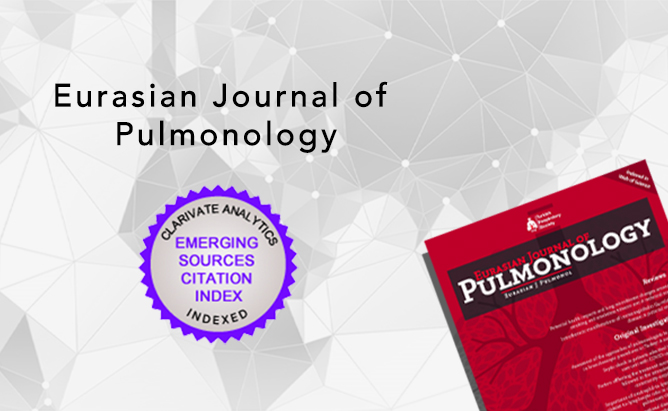2Department of Thoracic Surgery, School of Medicine, Ataturk University, Yakutiye, Erzurum, Turkey
3Department of Pathology, School of Medicine, Ataturk University, Yakutiye, Erzurum, Turkey
4Department of Pulmonary Diseases, Ağrı State Hospital, Ağrı, Turkey
Abstract
BACKGROUND: Tuberculosis (TB) and sarcoidosis, which are considered two different ends of the same disease spectrum, usually cannot be differentially diagnosed based on laboratory tests and radiological imaging. Clinical, histopathological, and bacteriological examinations as well as response to treatment can guide diagnosis. The aim of this study was to examine correlations between hematological parameters and disease in patients who were diagnosed with sarcoidosis, TB, or reactive lymphadenopathy (LAP) after mediastinoscopy.
MATERIALS AND METHODS: The study included a total of 223 patients diagnosed with either reactive LAP (n = 65), sarcoidosis (n = 83), or TB (n = 75) after mediastinoscopy between September 2012 and May 2017. The patient groups were retrospectively evaluated in terms of demographic characteristics, complete blood count parameters, erythrocyte sedimentation rate, and radiological findings.
RESULTS: Sedimentation rate and platelet count were significantly higher in TB patients compared with sarcoidosis (P = 0.001, P = 0.011) and reactive LAP patients (P = 0.001, P = 0.001). Lymphocyte count was significantly higher in patients with reactive LAP than in patients with TB and sarcoidosis (P = 0.001, P = 0.001). Platelet/lymphocyte ratio (PLR) was significantly higher in TB patients compared to those with sarcoidosis and reactive LAP (P = 0.001, P = 0.001) and in sarcoidosis patients compared to reactive LAP patients (P = 0.001). Neutrophil/lymphocyte ratio (NLR) values in the TB and sarcoidosis groups were significantly higher than that of the reactive LAP group (P = 0.001, P = 0.012). Stage 2 sarcoidosis patients were found to have significantly higher PLR, NLR, and platelet count compared to Stage 1 patients (P = 0.001, P = 0.01, P = 0.009).
CONCLUSION: PLR and NLR can be used to discriminate patients with sarcoidosis and TB from patients with reactive LAP. In addition, PLR may also serve as a guiding parameter in the differentiation between tuberculous LAP and sarcoidosis.




 Bugra Kerget1
Bugra Kerget1 




